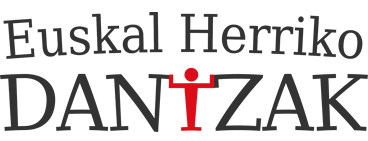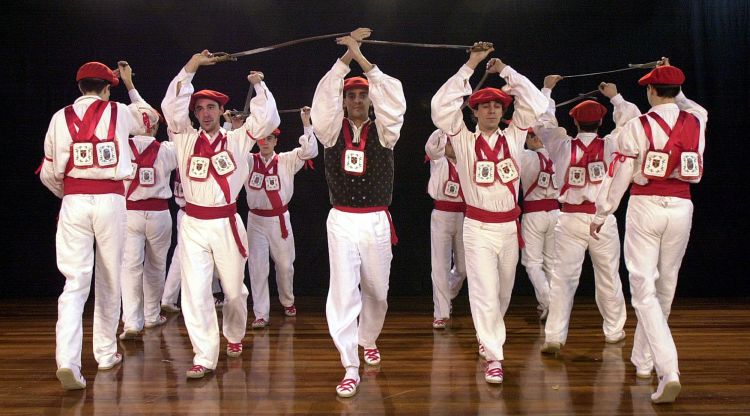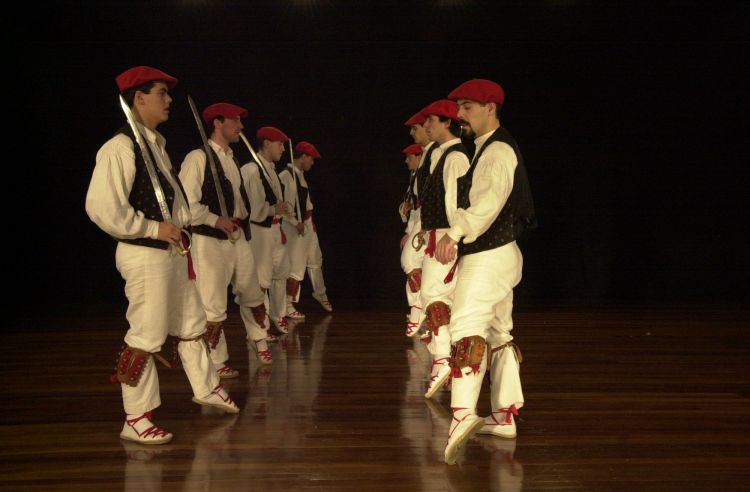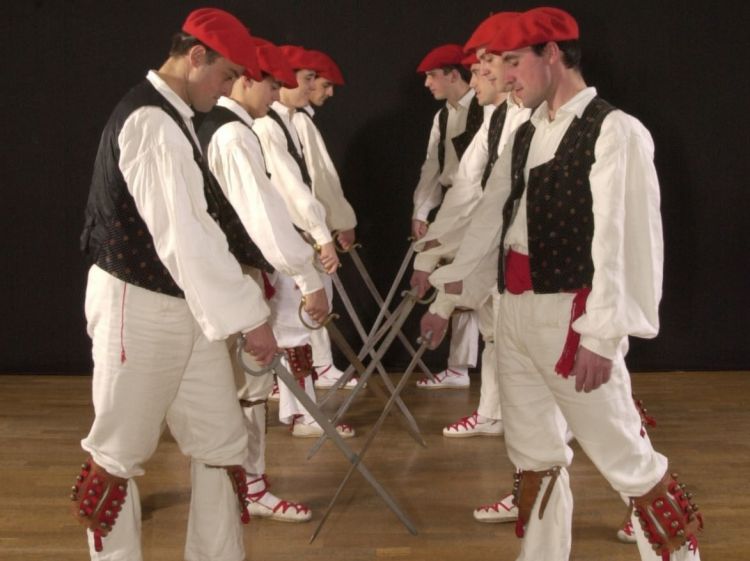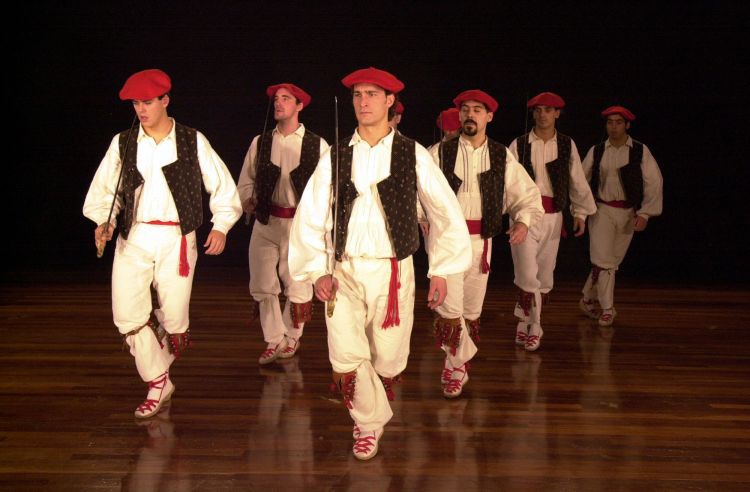Txotxongilo
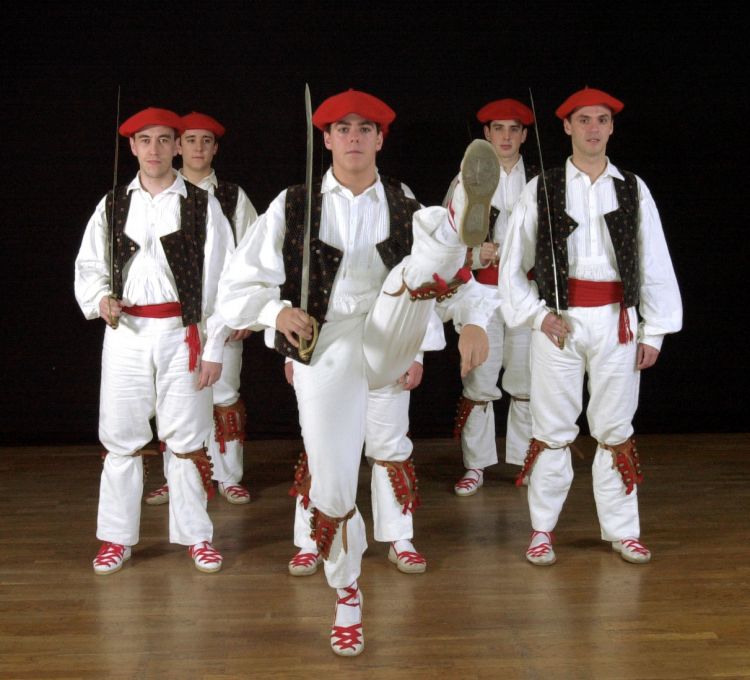
In the series of dances that belong to the Duranguesado or Durangoaldea of Biscay, Dantzari Dantza, there is, although not always, the exhibition of the Txotxongillo, Txontxongillo, Txakarrenkua, Txakarrankua, Txakurrin or Txankorrinka Dantza, which are other names by which it is known.
On this occasion, both the steps and the figures they make, have nothing to do with the rest of the repertoire. If the Zortinango could be used as a basis for carrying out the Banango, the Binango and the Launango, and if Makil Jokoa had the same structure and steps as Ezpata Joko Nagusia and Ezpata Joko Txikia, now we find a dance that is completely different in both aspects, with the added factor that there are variants of the dance, both as far as steps and choreography are concerned, therefore, whilst in some places and periods of time it consisted of bouncing on the same foot whilst the other marked three taps to the rhythm of the tabor (right / left, behind, in front) to give impulse to the leg, which reached at least waist level, in others the last tap has been avoided.
As far as the figures are concerned, the dance, done by eight men armed with swords and in rows of two, turns each row on itself, the ones at the front going to where the ones at the back are, moving on the outside of the group, making at the same time a different figure, one, three, three, one. The person at the front of the row dances in front of his companions and then throws himself backwards, and is suspended in the arms of the people who are just behind him, who lift him above their heads.
Traditionally, those who are holding his feet bang their ankles together, whilst the person at the back just marks the beat on the spot with his sword held high, crossing the tip of his sword with that of the person who is being held up. At the same time, the other four dancers carry out a series of movements under and around the captain, going back to their respective places. Sometimes the dance finishes at this point, however, there is another variant in which the person who has supposedly "died", or to whom the honours have been paid, "comes back to life" and the whole group go back to their original positions.
Resurrección María by AZKUE refers to the 15th century belief that there was a bandit in the county called Sancho and that he was captured by the people of Iurreta, who impaled him, AZKUE says - "In Berriz, in round about the 15th century(?), there was a certain Sancho tyrant who ravaged the Duranguesado. Having fallen into the hands of the people of Iurreta he was impaled. This event gave rise to a new dance scene being introduced in some towns in the region. It consisted of taking one of the dancers and lifting him in the arms of two of the dancers placing him on the shoulders of his companions. This scene was also introduced by the people of Berriz in their programme, until they found out what it symbolised and did away with it. In Mundaka, where in about 1860 they also had a dance group, they introduced the custom that for the festival of Saint Peter, the dominguillo, placed on his companions, when lifted, would cheer in honour of the Town Council and even of its entourage (sic)".
Towns where they have danced the Txotxongillo, in addition to Berriz (although they would later give it up) and lurreta, are Elorrio and Amorebieta. K. DE HERMODO (Garaiko Plazan Otia Loran, in Dantzari magazine, number 5, 1967, pages 20 to 22) states that at the time it was not danced in Garay either, and that it seems to be exclusive to Iurreta. Here, the young girls offer him cakes on the day of the Dantzari Berriyen Egune, as commented by Iñaki IRIGOYEN in Danzas de Vizcaya (Dantzariak magazine, number 3, June 1972).
